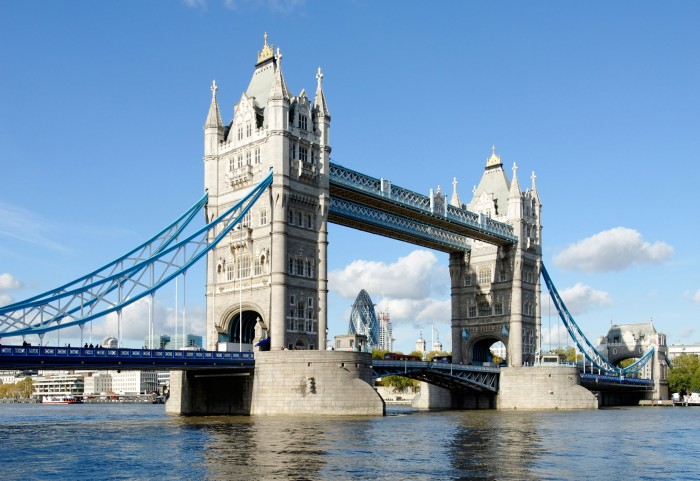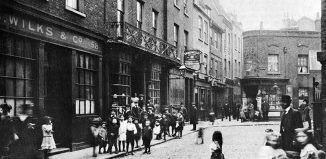Tower Bridge: an insider’s guide

When Tower Bridge opened in 1894, it was called a ‘childish structure’. Now it is the focus of one of the most iconic views of London. We look at the history of Tower Bridge
In 1876, the main Thames crossing was a 410-metre pedestrian subway under the river to the west of the current Tower Bridge. A competition was launched to create a new span adjacent to the Tower of London and more than 50 designs were submitted.
City architect Horace Jones created the winning design, which originally featured a semi-circular span between the two towers, before it was reworked by engineer John Wolfe Barry. Both were knighted for their efforts and the bridge was eventually opened on 30 June 1894 by HRH the Prince of Wales – the future King Edward VII.
Despite such a grand start, Tower Bridge wasn’t always as popular as it is today. When it opened, The Pall Mall Gazette called it a “huge but childish structure” with “unparalleled lack of proportion”, while the upper walkways, designed to let pedestrians cross while the bascules were raised for ships, closed in 1910 through lack of use.
A further 72 years would pass before they reopened as part of the Tower Bridge Exhibition. More recently, glass floors were installed to allow you a vertigo-inducing 42 metres view down to the river below.
Coal-powered steam engines and a team of 80 people were originally required to raise the bridge. They were replaced with an electro-hydraulic system in 1976, but visitors can see the original machinery in the bridge’s engine rooms. And if you want to see the arms of the bridge raised, a list of forthcoming times can be found here. Any vessel can request the bridge be lifted free of charge, but must do so at least 24 hours in advance.
The blue ‘lamppost’ at Tower Bridge
As you approach the bridge from the Tower of London, look out on the right for what appears to be the one blue lamppost missing a light at the top. It is actually a long-disused chimney, connected to a fireplace deep inside the Tower itself.
A terrifying journey on Tower Bridge
On 30 December 1952, Albert Gunter was driving a number 78 bus across Tower Bridge when the bascules began to open underneath him. Rather than braking, Gunter hit the accelerator and the bus jumped the gap, safely getting his passengers to the other side. The driver earned a £10 reward and a day off work in recognition of his bravery.
Red, white and blue
The bridge was painted red, white and blue for the Queen’s Silver Jubilee in 1977.
Tower Bridge in numbers
82.3 The bridge’s longest span in metres
432 Workers involved in the construction
850 Average number of times that Tower Bridge is raised each year
35,000 Twitter followers of @TowerBridge
1,184,000 Total construction costs in pounds







